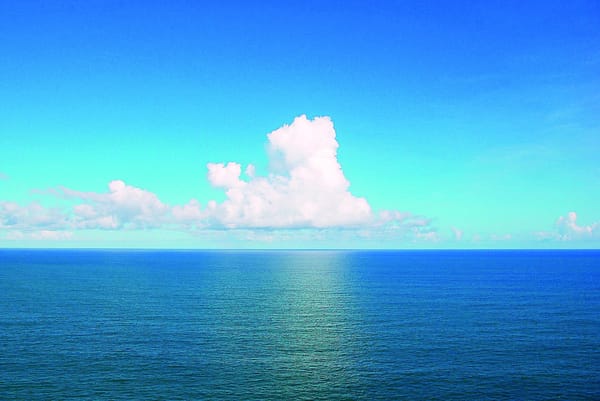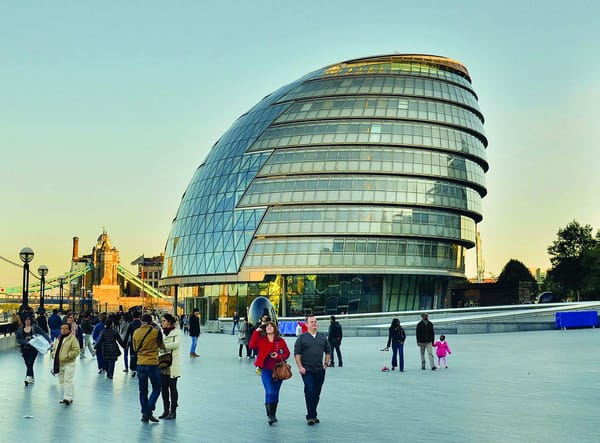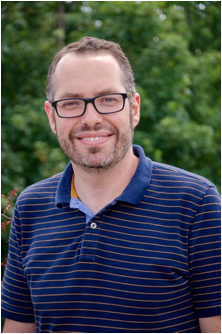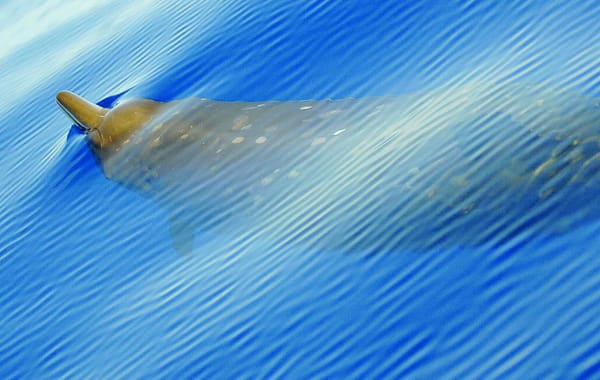Cosmonauts at the Science Museum
Celebrating the birth of the space age
It seems that space is becoming more and more part of our daily reality. Last year we landed on a comet, the creation of Interstellar produced the most accurate representation of a black hole to date, Pluto’s beauty was finally captured by New Horizons, there’s serious talk about sending one-way manned missions to Mars further fuelled by the discovery of liquid water flowing on the surface of the planet, space planes are officially a reality and in less then a week we’ll be casually sending a UK astronaut to the ISS. No biggie.
The list of achievements goes on and on, ranging from the unthinkable to the outright bizarre. Yet what’s truly amazing is that our love affair with space only blossomed about 60 years ago.
Indeed, 1957 was the year that marked the birth of the space age. On the 4th of October, the Soviets took the world by surprise when they announced that Sputnik 1 had written history by becoming the first artificial satellite to be launched into orbit around the Earth.
The launch of Sputnik 1 initiated a long line of Soviet firsts, that included first human launched into space, first human to spend 24 hours in space, first two simultaneous space missions, first woman in space, first three-member crew in space and so on and so forth.
The rapid development of Soviet Russia’s space program fostered a climate of anxiety and fear on the other side of the world. The USA, weary of the potential of the new technology in warfare, intensified space research entering the 20th century space race.
All this and more is packed in the Cosmonauts exhibition, running at the Science Museum till the 13th of March next year. The exhibition takes visitors on a journey spanning over a century, introducing us to the forefathers of space travel, the mysterious mastermind behind the successes of the Soviet space program, the Soviet cosmonauts –icons like Yuri Gagarin (the original Gaga) who filled the peoples eyes and dreams with stars – and much, much more.
The exhibition contains some of the era’s most iconic artefacts, such as artwork inspired by our achievements in space exploration, the actual spacecraft that took Valentina Tershkova (first female cosmonaut) into space and a mannequin that successfully orbited the Moon, to name but a few.
It also offers an interesting insight on the effect of imperialism on research and innovation, as well as parallels between 20th century Soviet and modern day Russian imperialism and the whole political tension between the east and west.
So get your space mojo on and immerse yourself in one of the coolest exhibitions within a one-mile radius from college.









